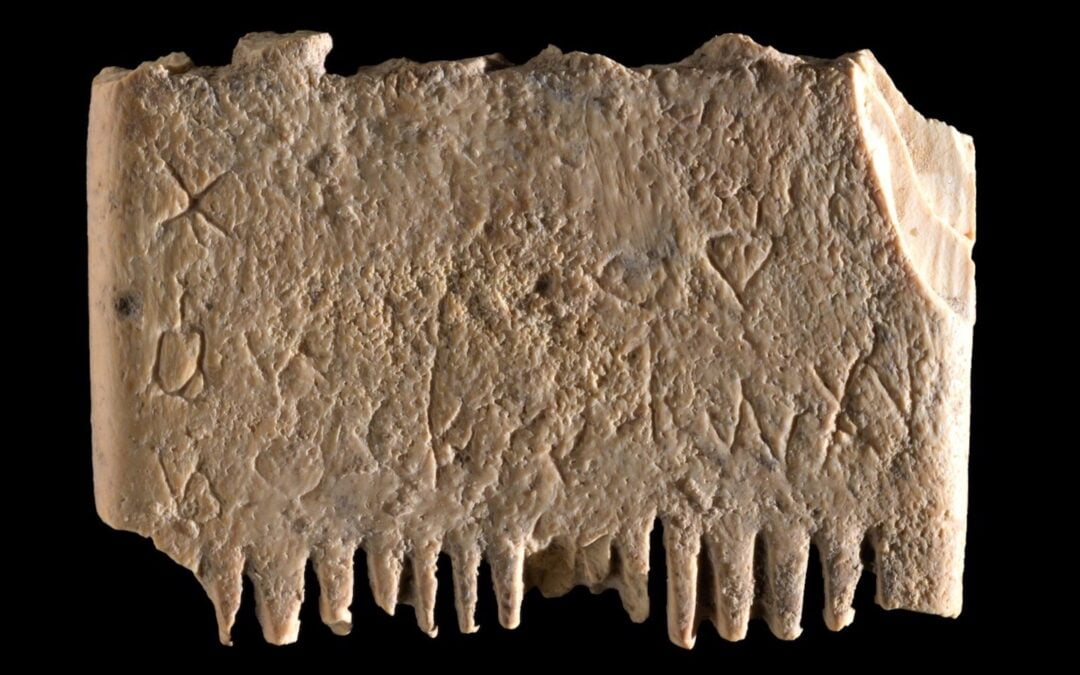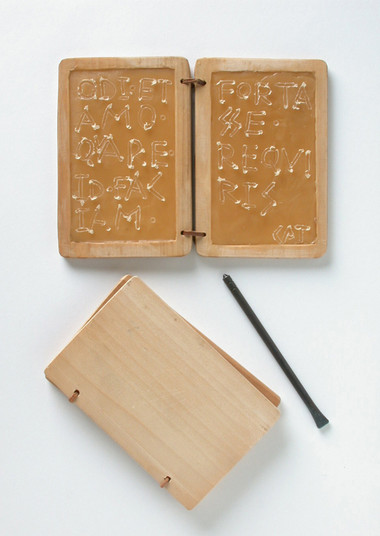WRITING - Through the Ages
Chloe Tiell
Background
I took an anthropology class my senior year of high school and I still believe that it was one the best courses of my high school career. My teacher loved to analyze how the modern day human race is actually regressing rather than progressing. He said that our reliance on technology will eventually lead us to a stopping point in human development.
It was a lot of information to take in as an eighteen year old but continues to be a foundational learning experience that I want to incorporate among my own classroom one day. When given the opportunity to create an informative brochure, I jumped on the topic of writing tools throughout history. I figured it would be a great topic that captures of the essence of humanity as well as the concept of language and communication.
Here's a little video to help you get started!
Communication
Communication is the forefront of humanity and evolution. Our ability to create language and develop tools is a concept widely studied through anthropology. Writing through the ages and the tools we've used allows us to better understand our language and written forms of communication. Mary Novak's article "A Brief History of Communication" foregoes the untold narrative of (literal) human history and connection. She states, "When speech originated around 500,000 BCE, communication was changed, but the system was not perfect and needed assistance" (2019). Verbal communication was used in ancient times, however, symbols and images were still the main source of information portrayal.
Novak, Mary. "A Brief History of Communication"
Information Retention
With the upgrades and constant changes to the way we use technology, our current ability to to retain information is at an all time low; However, during periods where technology did not exist, students in ancient era's were able to memorize, comprehend, and compare information better than society today. This brings me back to my previous point: modern humans are evolutionarily regressing. We have the ability to store information digitally rather than physically. We are losing interest in really understanding learning content without relying on the digital form of information.
Featured Historic Writing Tools
- Incising and Scratching
- Wax Tablets
- The tablets were fashioned from wood and carved out to form a recessed surface which was filled with beeswax
- "Wax Tablet & Stylus, Ancient Rome, Replica"
- Inks and Brushes
- A staining ink that penetrates the writing surface and dye
"Understanding the lightfastness, permanence and archival quality of inks"
- Printing
- The technique of directly transferring an image from surface onto another.
"So, Gutenberg Didn’t Actually Invent Printing As We Know It
So What?
From the earliest incisions and scratching's to the quilt pen of the middle ages, how did we come to get the diverse range of tools to produce in writing we know today?
I think if we examine modern technological tools, we'll find many similarities among ancient writing development. For instance, we still use a stylus to write on ipads or phones. Our devices are shaped like wax tablets or clay squares. Our true form of communication has been rethought and rebuilt throughout hundreds of years of human society. We may have many more resources to impact the way we live, but ultimately, modern humanity is made up of years of survival, awareness, and language.







